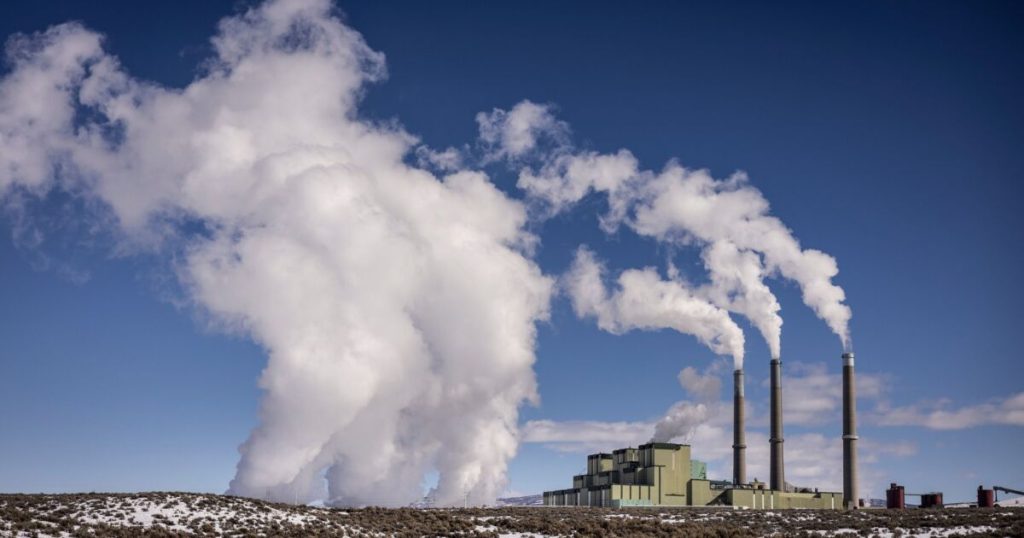Chet Strange/Bloomberg
Banks say they are on board to address
Energy Supply Ratios, or ESRs, are seen as a key indicator of banks’ climate strategy by the
The Institute of International Finance, or IIF, an industry association whose
The paper seems designed to ensure that the numbers are as difficult to decipher as possible, effectively encouraging as many different metrics and approaches as the banks can imagine. The paper goes to great lengths to provide numerous examples of different methodologies, various possible scopes and different measurements that can be used, plus ways in which the figures can be adjusted. The overriding message is clear — banks can publish whatever they want and on no account should they adopt a standard or harmonized approach.
As the IIF states very clearly: “The aim of this White Paper is not to propose new industry standards or a recognized methodology for the calculation of a banking institution’s ESR, but instead to foster a common understanding of key design choices for individual banks that may be considering disclosing the metric.”
The message is that disclosures should not be comparable, but should reflect the individual geography and business model of each bank. The stark implication is that investors will not be able to read the numbers based on standardized methodology. Each disclosure will have to be assessed on its own terms — assuming the bank in question discloses the methodology it has used.
This matters for investors, and for other stakeholders, because banks’ ESR should provide crucial information on their performance. Are they on track to meet their net zero commitments? Are they credibly financing the energy transition?
The IEA’s Net Zero Emissions by 2050 scenario sets out a route map which serves as a reference for many banks’ climate strategies. It shows global investment in “clean” energy needs to outstrip fossil fuel investment by a factor 10 to 1, by 2030. For each dollar allocated to fossil fuels, $10 must be allocated to “clean” energy ($4 for the demand-side, $6 for energy supply).
While not all banks follow this route map, their ESRs can provide important information for investors, who have their own criteria for deciding how and where they invest. And for banks with a clear climate transition plan, the ESR can demonstrate how well their strategy is being implemented.
But if each bank uses its own methodology, those ratios risk becoming a new greenwashing tool with no real value for anyone. We have already seen examples of loopholes. When French bank BNP Paribas disclosed its ESR and 2030 target, it only included credit exposure (leaving out fossil fuel sector shares and bonds emissions) and only considered upstream and refining activities for oil and gas, leaving out a vast portion of the value chain (e.g., LNG terminals or gas power plants).
While it is welcome that the IIF is engaging with climate metrics, their guidance on ESR prompts more questions than answers. Are they serious in their claims to want to support banks’ ESR disclosures, or are they in reality trying to make the disclosures as meaningless as possible? Are they encouraging banks to address their climate strategy, or providing yet another tool that allows banks to make claims that deliver little in reality?
Disclosures are important, but must be meaningful. Too often, banks are accused of
Of course, disclosure alone cannot ensure change. Banks should set targets for achieving a ratio of $6 allocated to sustainable power supply for every $1 allocated to fossil fuels by 2030. We urgently need banks to demonstrate how seriously they are addressing the climate crisis, not more confusion and backtracking.
